[:it]The Vermouth of Turin told by an expert, Fulvio Piccinino[:]
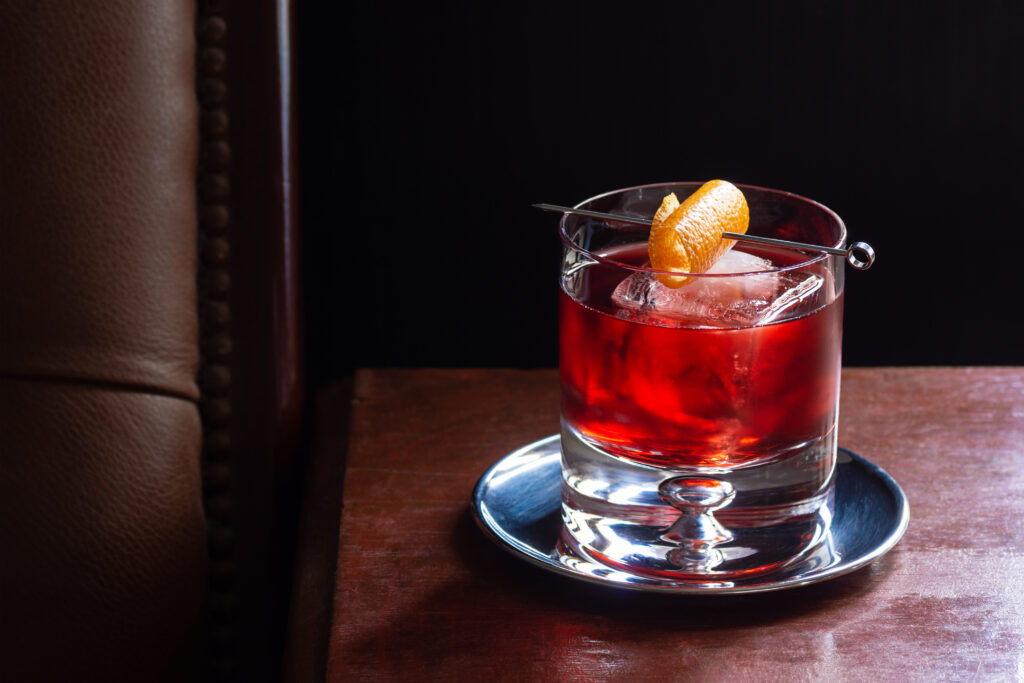
[:en]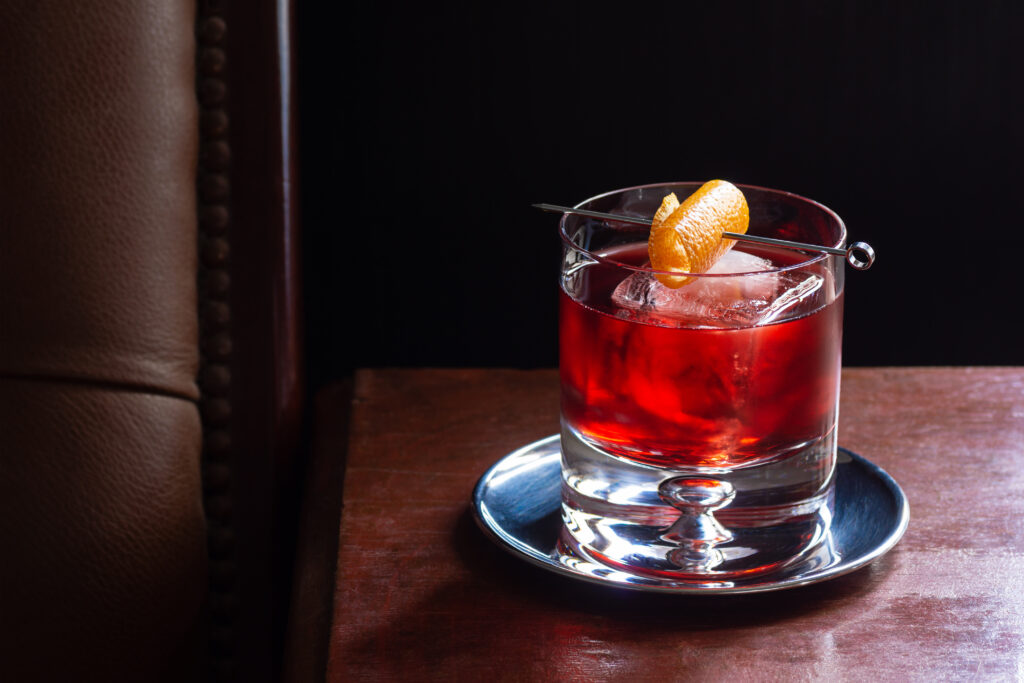
Recently rediscovered in purity, vermouth is an aromatized wine which, thanks to some literary works in which it was the protagonist and, subsequently, to mixing, has experienced global diffusion throughout history. The greater attention to the raw materials used in the creation of cocktails has allowed us to increase interest in the topic, its different typologies and the various production realities over the last few years. Heir to Ippocras, an aromatized wine that did not contain bitter herbs and which over the course of history succeeded Galenic enoliths - macerations of herbs in sugar-free wine for medicinal purposes - vermouth stands out for its characteristic presence of absinthe, in the Pontico varieties and Roman. Factors that all world productions have in common are the wine content of no less than 75%, an alcoholic infusion also composed of other aromatic plants and the sugar content which differs from type to type. We have chosen to delve deeper into the aromatized wine of Turin, which has a greater link with the territory, with the Turin product expert in the field of spirits, bitters and aromatized wines, administrator and editor of the drinking culture portal Know how to drink and founder of the Esperienza Vermouth format, created to make the product known to professionals and enthusiasts, Fulvio Piccinino.
What is Turin vermouth and how was it born? Has your recipe changed over time?
Vermouth is an aromatized wine, whose modern meaning was born in 1786 in Turin, thanks to the inventiveness of Benedetto Carpano. Flavored wine for medicinal purposes, however, is much older, given the first evidence in Ancient Rome with absinthe wines and, in the mid-16th century, in ampelography texts. At the end of the 18th century, the new formulation of Carpano expanded its use beyond medicine. From the very beginning, Turin became a center of excellence on the topic, thanks to the presence of various factors: the starting raw material, the wine, having the Piedmont of Moscato and other white vines suitable for tanning, the botanical garden, a school of pharmacy and a University of confectioners and brandies founded in 1739. Given that there is not one but many vermouth recipes, the first vermouths are described by Strucchi as having a deep golden yellow, since the use of caramel, exclusive of reds, was used, to standardize batches as well as in spirits, since the end of the 19th century.
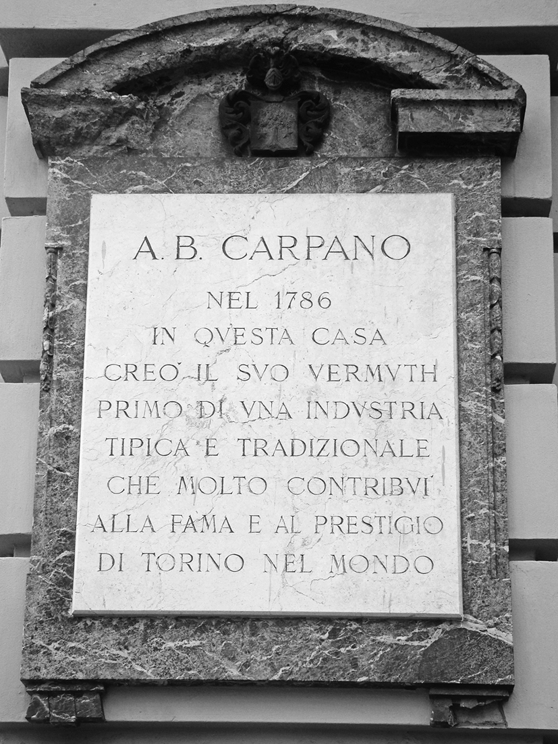
When did vermouth become popular? In what historical moment and why?
Vermouth, and in particular the Vermouth of Turin, became popular in the second half of the 19th century with the release of the book "New and Unique Complete Distiller's Manual", the first known Italian distillation manual, in which the author Pietro Among the Vermouth recipes he lists, Valsecchi distinguishes one "in the use of Turin", indicating a diversity of style in the Savoyard product. Following the participation in International Exhibitions, including those in Paris, Dublin and London, by the producers of Turin Vermouth contribute to increasing its popularity. If we have to identify a golden age of vermouth, if we want to define it that way, we can place it from 1880 until the times of prohibition. The national Expos in Milan in 1881 and Turin in 1884 saw the definitive affirmation of Vermouth with dozens of producers present, many of whom were awarded medals and certificates. In 1908, 9 million liters of Turin vermouth were exported, an incredible result considering that exports began in 1838 and that in 1867 only 10 thousand liters were exported. Between the two wars, if the autarky regime in Italy had allowed the popularity of the product to increase even more thanks to less competition, but at the same time there was American prohibitionism which undermined the foundations of several companies concentrated mainly on this market.
What are the basic ingredients and how is it produced? Which grape variety do you prefer?
The basic ingredient for the production of vermouth is wine, in percentage of 75%, to which a balanced sugar macerate of herbs and spices is added, the quantity of which varies depending on the type you intend to produce. The difficulty of the process lies in finding the right balance of the recipe, which must also calibrate and balance the acidity of the wine. In Turin vermouth the wine must be Italian. It can be both white and red even if the latter, in this case, is only used for some creations and rarely in purity.
Unlike what is stated in some circumstances, i.e. that vermouth saved the harvests and low quality wine, originally first choice grapes were mostly used. The most used grape variety was probably Moscato, but there are written testimonies of the use of Erbaluce. Subsequently, with the success of sparkling Moscato in Piedmont, Cortese and Arneis began to be used, as well as vines from Southern Italy. With the growing success of sales of Vermouth di Torino, much of the raw material also came from Puglia, Sardinia and Sicily. Strucchi, who in 1906 stated that to produce vermouth he used 40% Trebbiano, 30% Moscato di Canelli, and for the remaining part Sardinian vines and Apulian Moscato.
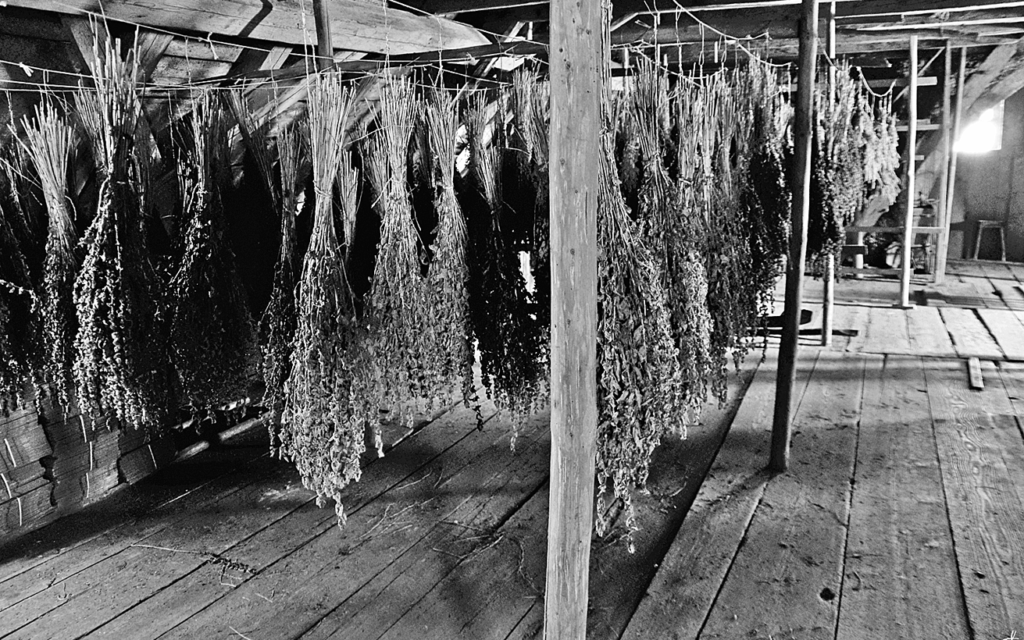
How many types of vermouth are there and what are the differences between them? How is Turin vermouth different?
At one time, the types of vermouth differed in the aromatic principles or in the use of the base wine: there were vanilla vermouth, Barolo vermouth, bitter (gentian) also known as Americano, and china vermouth. Although these types still exist today, they cannot be declared on the label, unlike those characterized by the degree of sweetness and the presence or absence of caramel coloring. Currently there are white, red, rosé, dry and extra dry vermouths. While the last two are drier and have a more citrusy profile and linked to the Mediterranean scrub, the white generally has floral and fruity notes, while the red is played on spicy and bitter notes.
The Turin vermouth specification allows the exclusive use of Italian wines, artemisia and at least one other aromatic plant grown in Piedmont. No aromatic plants can be used other than those permitted by the regulations and bottling must also take place in the region. Finally, there is a difference regarding the minimum alcohol content, 16 % vol., unlike the 15.5 % vol. of the 'common'.
What is meant by Superiore and Riserva vermouth?
To use the term "Superior" it is necessary that the product has an alcoholic strength of no less than 17 % vol., that it is composed of wine produced in the Piedmont Region, equal to at least 20 % by volume of the finished product, and that it is flavoured. with the non-exclusive use of at least one other aromatic herb/flavouring substance/aromatic preparation from Piedmont. For the "Riserva", however, there is no real definition. And with the arrival of the new specifications it can no longer be used, without prejudice to any exceptions for existing products. Today it is a product that can be made with higher quality wines, fine spices or aged in wood. It is at the manufacturer's discretion.
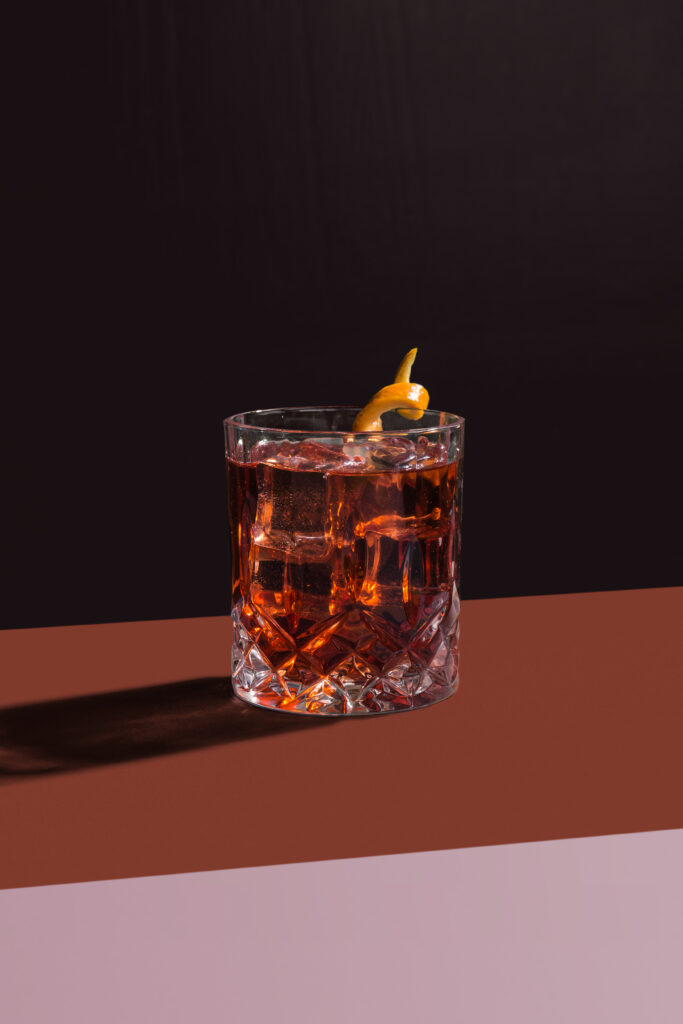
What aromatic plants are used? Are there some essential ones for it to be defined as vermouth? Which sweeteners can be used and in what quantities?
To produce Turin vermouth there is a wide choice of around fifty plants available including artemisia, coriander, angelica, yarrow, cloves, cinnamon, zedoaria, galangal, cascarilla, nutmeg, mace, gentian, gentian, almost. To be defined as vermouth it must contain artemisia, which most prefer in the gentle, less bitter and Roman variety. If, however, we are talking about vermouth without GI, then there are no limits on the botanicals that can be used, the important thing is that the aromatic plant or fruit used for the signature is not indicated on the label. You can make coffee or hemp vermouth but it cannot be written under the word vermouth.
As regards sweeteners, however, the only ones allowed by the Turin Vermouth specifications are factory sugar, white sugar, refined white sugar, liquid sugar, inverted liquid sugar, inverted sugar syrup, grape must, concentrated grape must, rectified concentrated grape must, caramelized sugar and honey. The quantities are, as previously mentioned, variable depending on the type: less than 30 g per liter for the extra dry, between 30 and 50 g for the dry, equal to or greater than 130 g for the sweet.
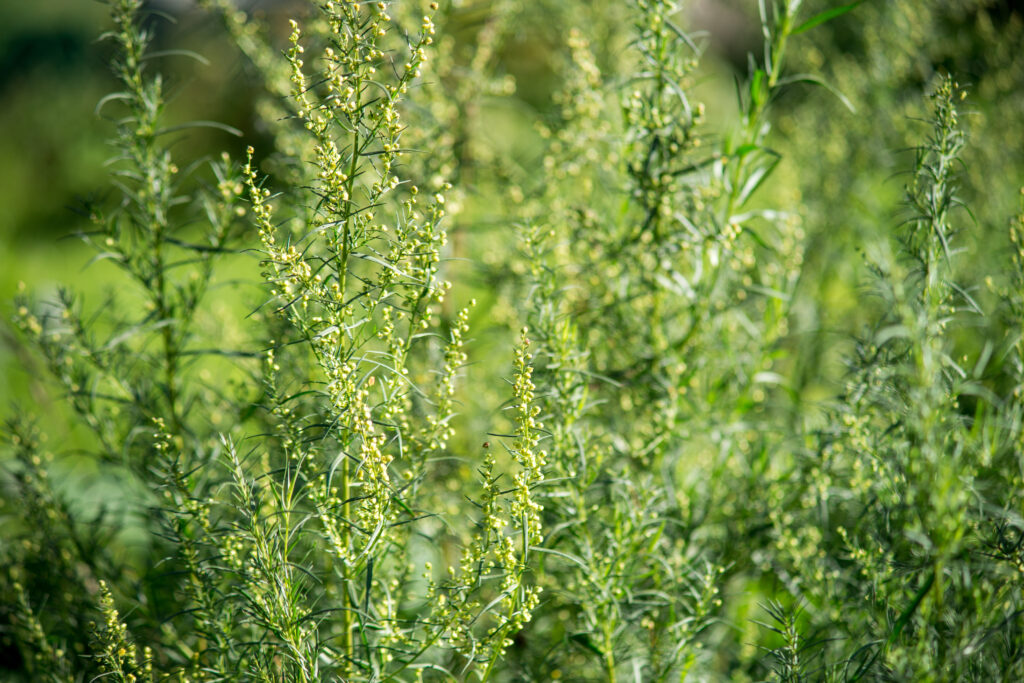
What are the parameters for recognizing a quality vermouth?
As with wine, persistence, intensity and complexity. It goes without saying that these characteristics depend on the starting wine, but much more on the recipe. The difficulty in producing a good vermouth lies in finding the right balance of spices and sugar, which must calibrate the acidity of the wine and the bitterness of the absinthe.
Is there an organization that is responsible for protecting it and promoting its development?
Yes, there is the Vermouth Institute of Turin, of which I am an honorary member, which was created for its protection. A group of companies came together to create it and to establish specifications for its production. The Institute is an association that aims to enhance, promote and elevate the quality of Turin Vermouth, its diffusion on the markets through the synergistic work of all producers. In parallel, there is the Turin Vermouth Consortium, a body that enhances, promotes and protects the denomination and the brands connected to it.
How do you drink vermouth? Which combinations are preferable?
Vermouth is a ready-made cocktail, because it is already in itself a mixture of ingredients. Despite this, it lends itself very well to being used as a base for the creation of other cocktails and preparations. Until the First World War it was customary to drink Vermuttino, made with the sole addition of soda and lemon zest. Then, with the arrival of the mixing trend from America, in the 1930s cocktails also became fashionable in Italy, with the birth of the Americano, the Negroni and the Milano-Turin while overseas we have Hanky Panky, the Manhattan , the Boulevardier and the Vesper. The vermouth most used in cocktails is undoubtedly red; dry and extra dry are used, but in much smaller doses, in the classic Martini Cocktail while white, unlike 60 years ago, is used very little in mixing. Returning to the concept of a complete drink, I also recommend consuming it neat - the red at 16 °C, the white at 10 and the dry and extra dry at 4 - or with ice and lemon zest.
The combinations, however, are different from type to type. In the glass the dry goes well with a skewer of pitted olives, the white with a lemon or orange peel and the red with a lemon peel. On a gastronomic level, the ideal accompaniments are bread, butter and anchovies; hard-boiled egg, salt and pepper; olives, panettone and dark chocolate for the red, Castelmagno, Robiola di Roccaverano, blue cheeses for the white and olives and cured meats for dry and extra dry.
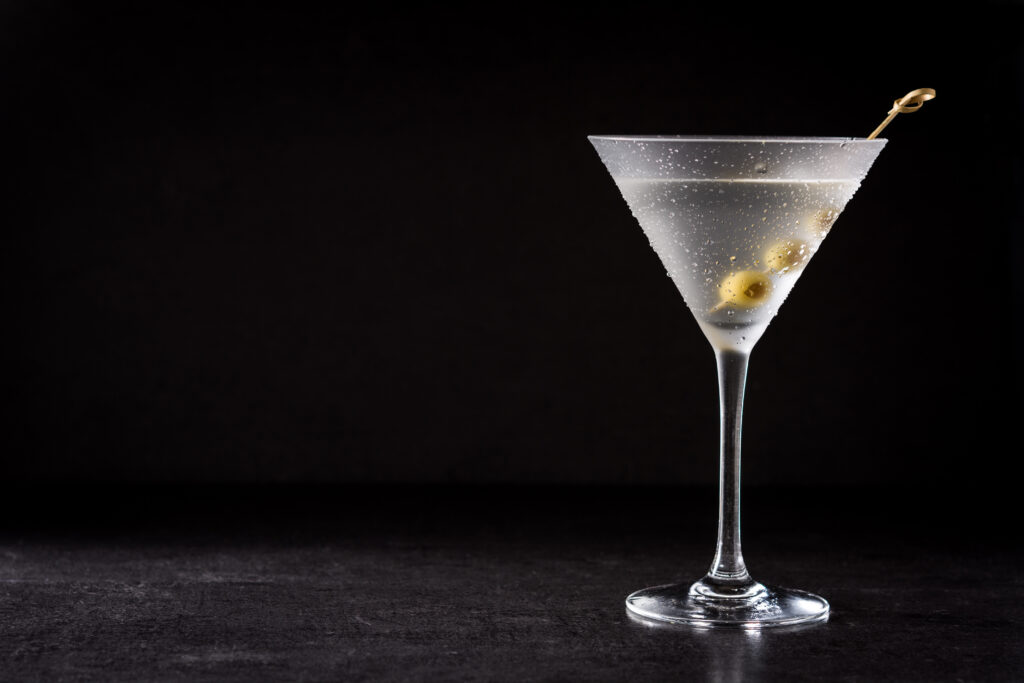
What's your favorite cocktail?
My favorite cocktail is the Americano because it is not very alcoholic and is made with ingredients that I love very much. I prefer less complex cocktails, with a few well-defined ingredients. I don't like twists, improvised additions of herbs and spices, or excessive home-made additions. I'm old school: "little and done well". Another cocktail that I have appreciated, since ancient times, is the Gin Tonic. While I prefer the former for an aperitif, I prefer the latter for after dinner.[:]
